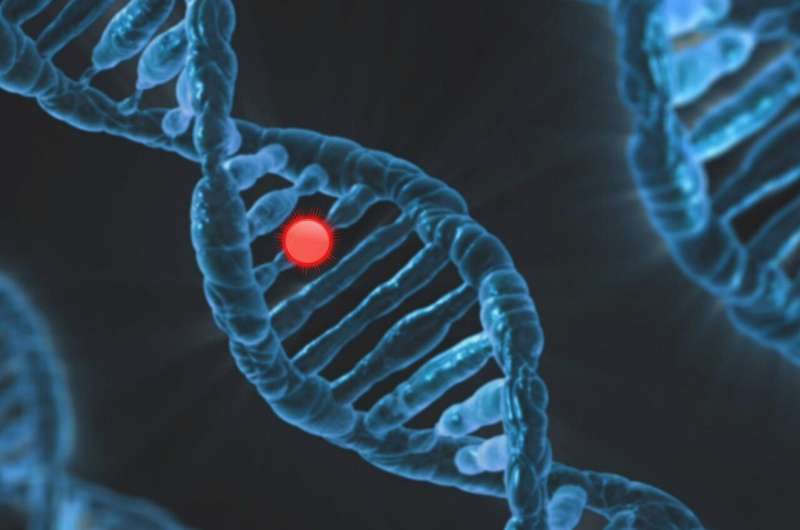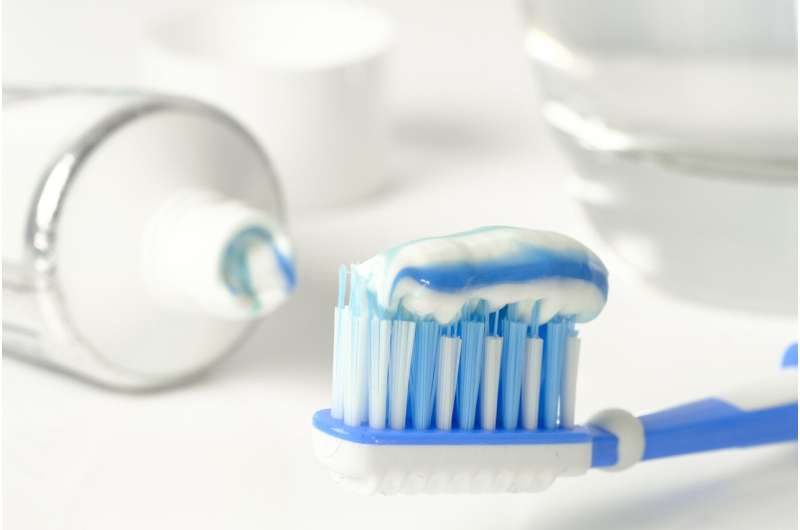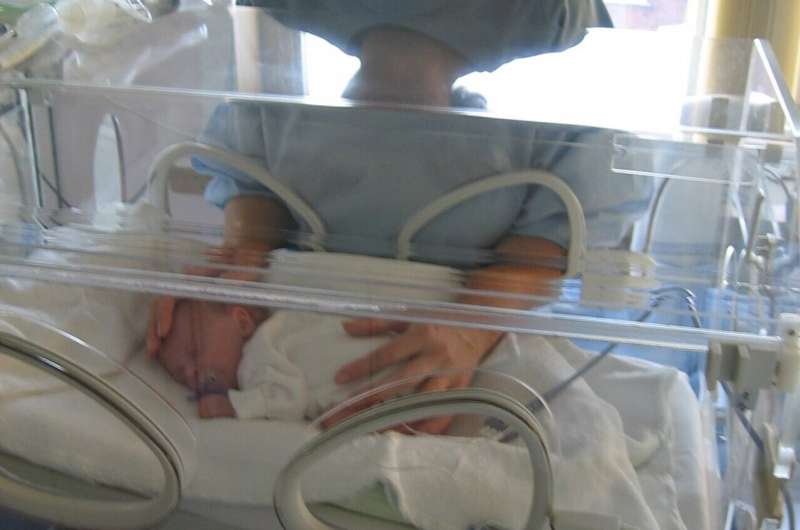Innovative Skin Substitutes Offer New Hope for Severe Burn Treatment

Emerging skin substitute technologies offer new hope for treating severe burns by enhancing healing and preventing infection, potentially transforming patient recovery and outcomes.
Severe burn injuries remain one of the most complex challenges in medical treatment, often leading to high rates of complications, prolonged hospital stays, and significant healthcare costs worldwide. However, recent advancements in dermal substitutes—biochemical materials designed to replace damaged skin—are promising new solutions that could significantly improve outcomes for burn patients.
Researchers from the University of South Australia, in collaboration with the University of Adelaide and the Royal Adelaide Hospital, have conducted a comprehensive review of the latest innovations in skin regeneration technologies. Their focus is on developing safer, more effective dermal replacements that not only promote tissue growth but also actively combat infection, a primary cause of complications in burn wounds.
Traditional treatments like skin grafting frequently fall short because they struggle with issues like infection control and insufficient healing, leading to longer hospitalizations and increased costs. The team emphasizes the urgent need for new therapies that can address these limitations.
Infections are a leading cause of mortality in burn victims. To combat this, cutting-edge dermal substitutes are being developed with built-in antimicrobial properties. For example, Kerecis, made from fish skin rich in omega-3 fatty acids, naturally resists bacterial invasion and supports healing. Similarly, NovoSorb BTM, a synthetic biodegradable matrix, provides structural support while resisting bacterial growth without relying on antibiotics. These innovations demonstrate a transition towards multifunctional skin substitutes that offer both physical scaffolding and infection prevention.
The review highlights the global burden of burns, with approximately 2,423 Australians hospitalized annually for burn injuries, most requiring surgical intervention like skin grafting. On a worldwide scale, burns cause around 180,000 deaths each year, with millions more hospitalized, costing billions in healthcare expenses.
Importantly, the researchers advocate for future developments to integrate antimicrobial agents directly into 3D dermal scaffolds, reducing dependency on antibiotics and lowering the risk of antibiotic resistance. The ultimate goal is to achieve scarless healing by combining advanced biomaterials with cell-based therapies, thereby restoring full skin function and improving quality of life for burn survivors.
This innovative approach signifies a significant step toward revolutionizing burn care, providing hope for improved recovery, reduced complications, and better long-term outcomes for patients suffering from severe burns.
Stay Updated with Mia's Feed
Get the latest health & wellness insights delivered straight to your inbox.
Related Articles
Rethinking How We Evaluate the 'Seriousness' of Genetic Conditions
A new study highlights the importance of integrating patient experiences into assessments of genetic condition severity, promoting more inclusive and holistic decision-making in genetic testing policies.
Maternal Gut Microbiome Composition and Its Potential Link to Preterm Births
A groundbreaking study links early pregnancy gut microbiome, especially *Clostridium innocuum*, to the risk of preterm birth, highlighting new preventive strategies.
Enhancing Trauma-Informed Care in Pediatric Medical Procedures
Advocates are calling for increased use of trauma-informed care in pediatric medical procedures to reduce emotional harm and improve children's healthcare experiences. Learn how strategies like honest communication and distraction techniques can replace restraint practices.



